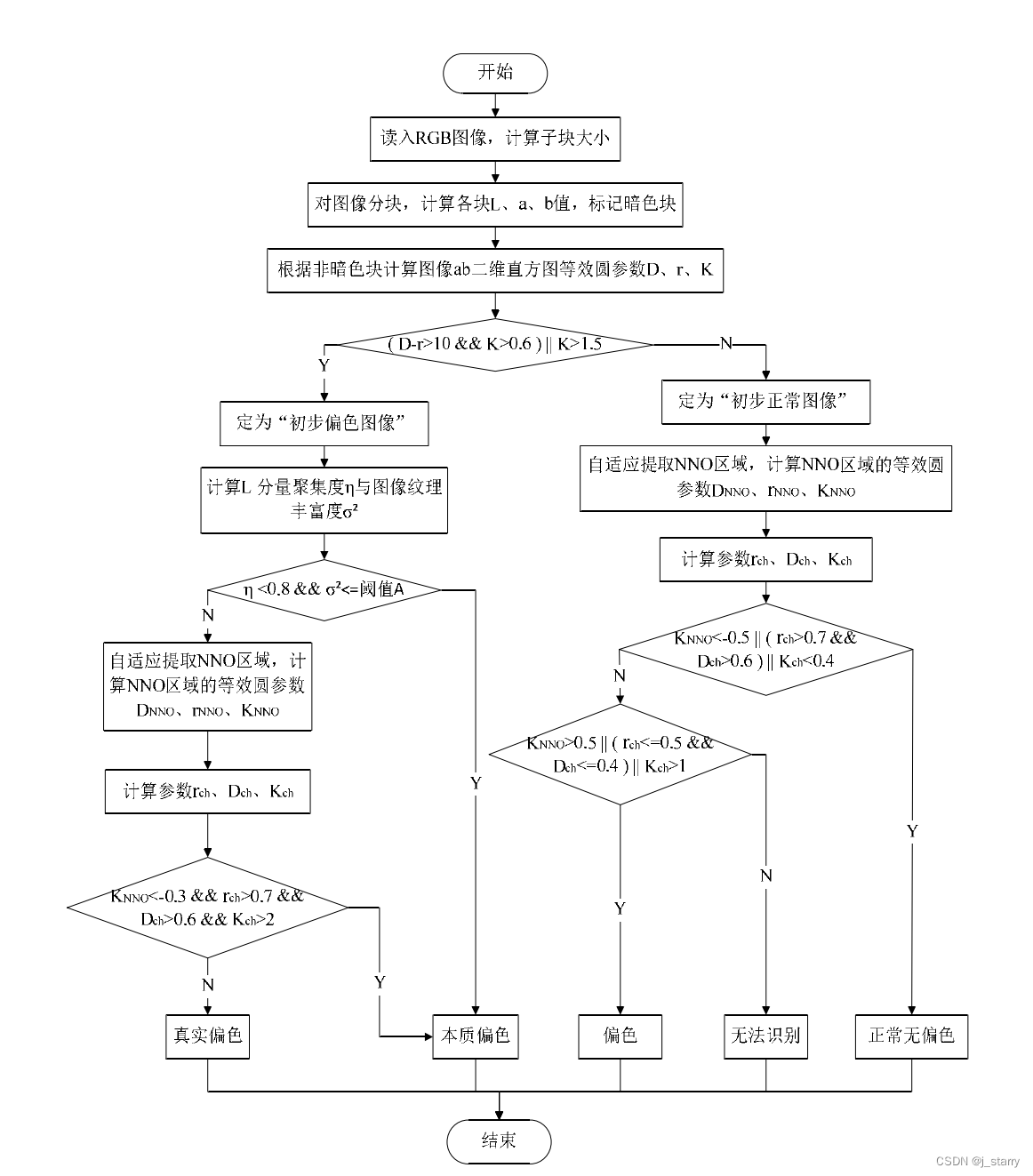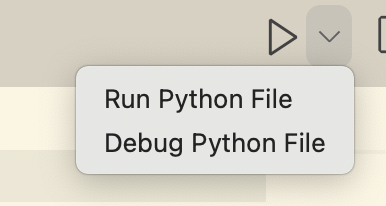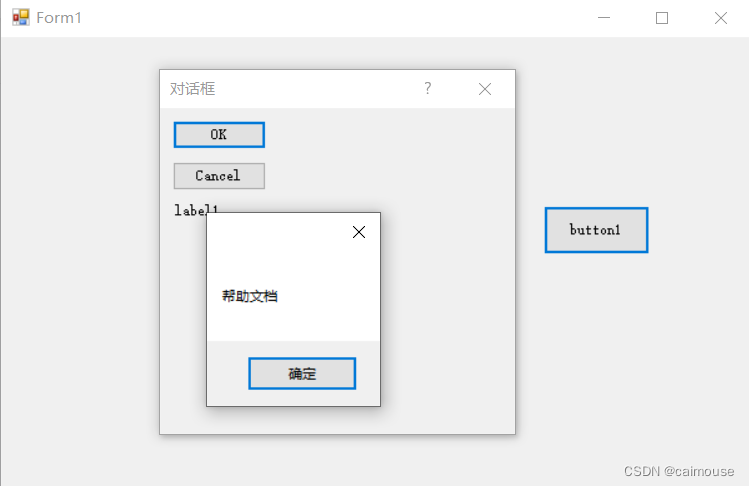SpringBoot
【黑马程序员SpringBoot2全套视频教程,springboot零基础到项目实战(spring boot2完整版)】
SpringBoot 开发实用篇
文章目录
- SpringBoot
- SpringBoot 开发实用篇
- 5 整合第三方技术
- 5.24 SpringBoot 整合 RabbitMQ(topic 模式)
- 5.24.1 整合RabbitMQ 【topic 模式】
- 5.24.2 小结
5 整合第三方技术
5.24 SpringBoot 整合 RabbitMQ(topic 模式)
5.24.1 整合RabbitMQ 【topic 模式】
之前我们已经使用直连交换机模式【direct 】

完成了消息队列的使用,现在来用一下另一种模式,主题交换机
直接把直连的代码复制一份

等修改完成后,笔者会给出所有的代码
消息服务实现类
package com.dingjiaxiong.service.impl.rabbitmq.topic;
import com.dingjiaxiong.service.MessageService;
import org.springframework.amqp.core.AmqpTemplate;
import org.springframework.beans.factory.annotation.Autowired;
import org.springframework.stereotype.Service;
/**
* ClassName: MessageServiceRabbitmqDirectImpl
* date: 2022/10/22 21:25
*
* @author DingJiaxiong
*/
@Service
public class MessageServiceRabbitmqTopicImpl implements MessageService {
@Autowired
private AmqpTemplate amqpTemplate;
@Override
public void sendMessage(String id) {
System.out.println("待发送短信的订单已纳入处理队列(rabbitmq topic),id " + id);
amqpTemplate.convertAndSend("topicExchange","topic.order.id",id);
}
@Override
public String doMessage() {
return null;
}
}
配置类
package com.dingjiaxiong.service.impl.rabbitmq.topic.config;
import org.springframework.amqp.core.Binding;
import org.springframework.amqp.core.BindingBuilder;
import org.springframework.amqp.core.TopicExchange;
import org.springframework.amqp.core.Queue;
import org.springframework.context.annotation.Bean;
import org.springframework.context.annotation.Configuration;
/**
* ClassName: RabbitConfigtopic
* date: 2022/10/22 21:29
*
* @author DingJiaxiong
*/
@Configuration
public class RabbitConfigTopic {
//存储消息的消息队列的对象
@Bean
public Queue topicQueue(){
return new Queue("topic_queue"); //是否持久化、是否连接专用、是否自动删除【后面其实有三个boolean参数,默认值是tff】
}
//还可以再来个队列,让它绑在同一个交换机上
@Bean
public Queue topicQueue2(){
return new Queue("topic_queue2"); //是否持久化、是否连接专用、是否自动删除【后面其实有三个boolean参数,默认值是tff】
}
//消息队列不能直接使用,需要使用一个交换机去绑定它
@Bean
public TopicExchange topicExchange(){
return new TopicExchange("topicExchange");
}
//做消息队列与交换机的绑定关系
@Bean
public Binding bindingTopic(){
return BindingBuilder.bind(topicQueue()).to(topicExchange()).with("topic.order.id");
}
//做消息队列与交换机的绑定关系
@Bean
public Binding bindingTopic2(){
return BindingBuilder.bind(topicQueue2()).to(topicExchange()).with("topic2");
}
}
两个监听器,删掉2,留一个
package com.dingjiaxiong.service.impl.rabbitmq.topic.listener;
import org.springframework.amqp.rabbit.annotation.RabbitListener;
import org.springframework.stereotype.Component;
/**
* ClassName: MessageListener
* date: 2022/10/22 21:40
*
* @author DingJiaxiong
*/
@Component
public class MessageListener {
//收一个消息
@RabbitListener(queues = "topic_queue")
public void receive(String id){
System.out.println("已完成短信发送业务(rabbitmq topic 绑的1号消息队列),id:" + id);
}
//收一个消息
@RabbitListener(queues = "topic_queue2")
public void receive2(String id){
System.out.println("已完成短信发送业务(rabbitmq topic 绑的2号消息队列),id:" + id);
}
}
然后把direct 那套处理一下,全部加载就乱套 了

四个文件全部把注解去掉
直接启动服务器,开始测试

生产三个

从结果中可以看到,都是1 消费 的
看看服务器

初始化了两个队列
现在有匹配规则要注意

在配置类中可以修改成模糊匹配

这样还是可以匹配上【如果改成topic.*.ids 就不能和后面的匹配上了】
这个和direct 就不同了,direct必须完全匹配,topic模糊匹配的话,就有了一个分发的功能
如果两个队列都能被匹配

先再服务器中把已有的队列删掉

OK,启动服务器进行测试

服务跑起来后,
看看服务器

两个队列也生成了
生产一个消息

效果很明显,两个队列都消费了消息,这说明我们的消息发到了两个队列里
【效果显著,topic 比 direct 直连强大】
回顾一下
- 定义消息队列(topic)

- 绑定键匹配规则
- * (星号): 用来表示一个单词 ,且该单词是必须出现的
- # (井号): 用来表示任意数量

- 生产与消费消息(topic)

- 使用消息监听器对消息队列监听(topic)

5.24.2 小结
- SpringBoot整合RabbitMQ主题交换机模式

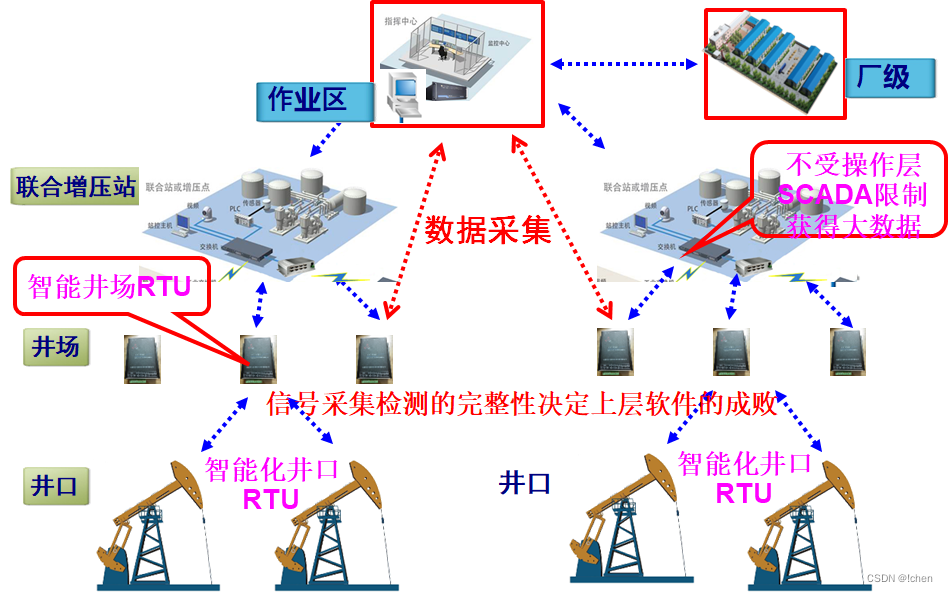



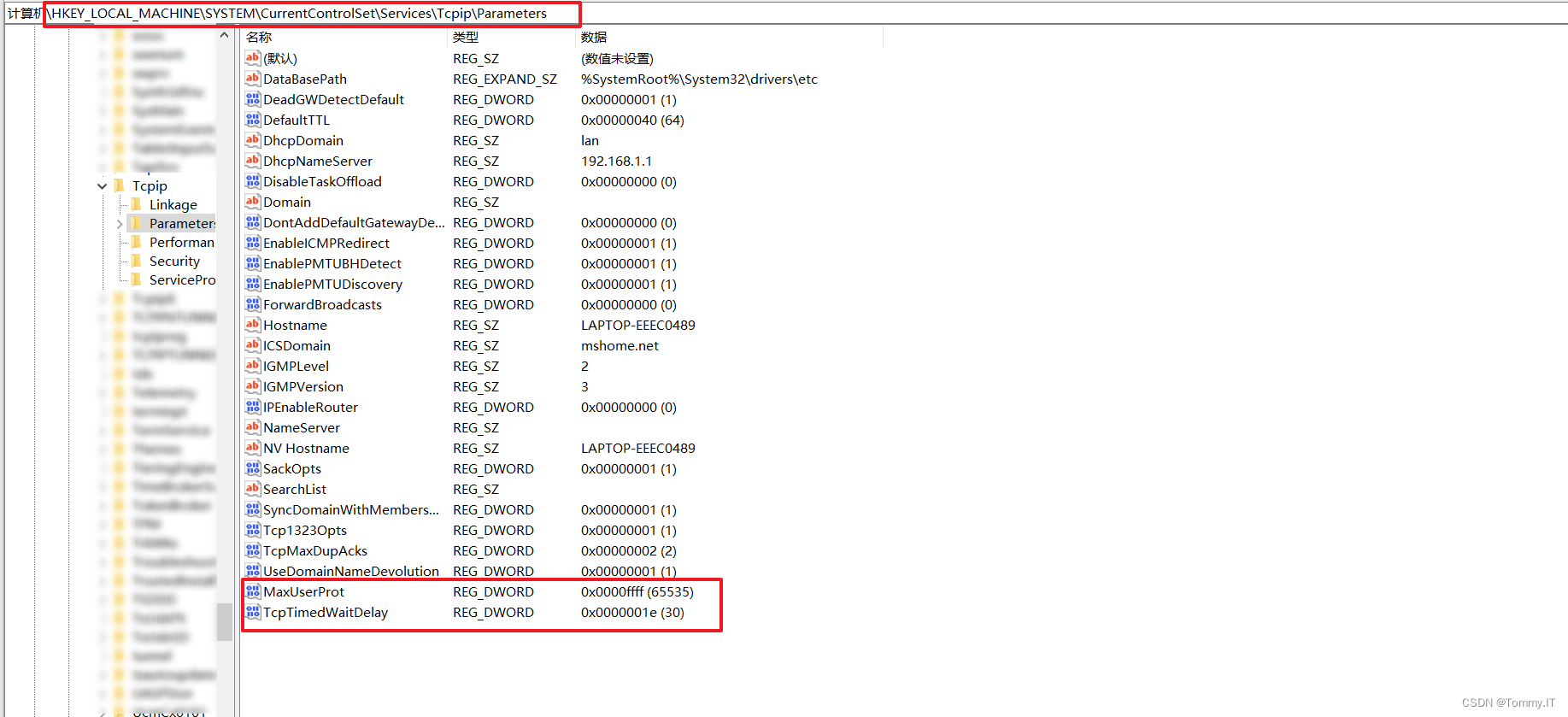
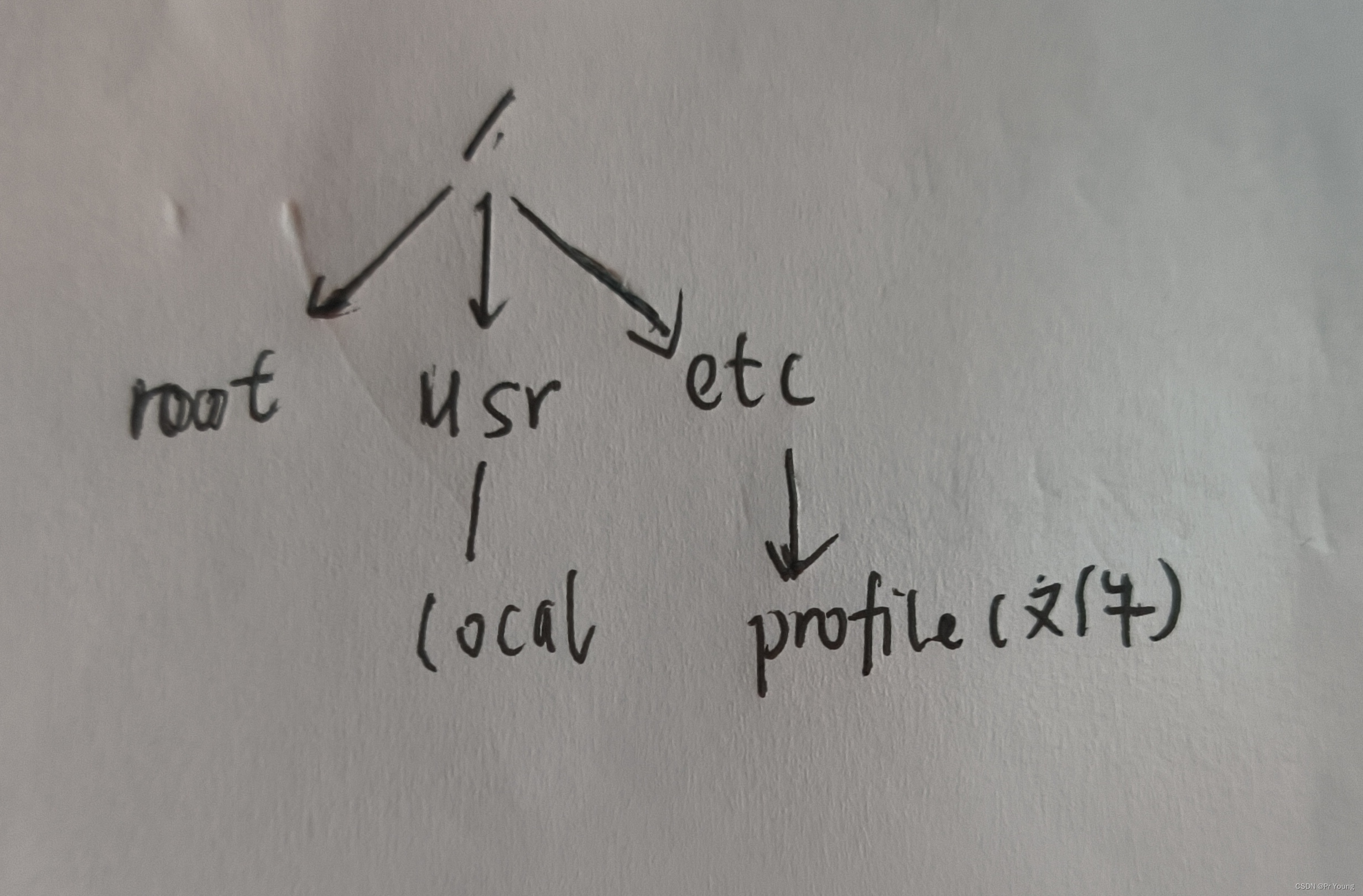
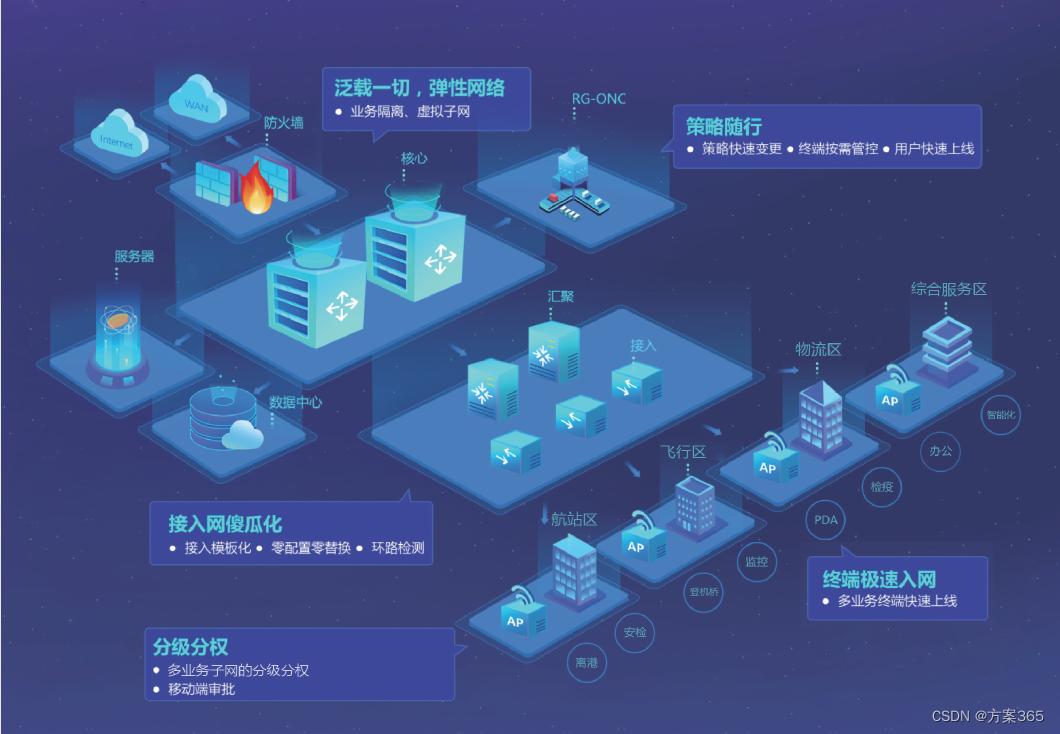
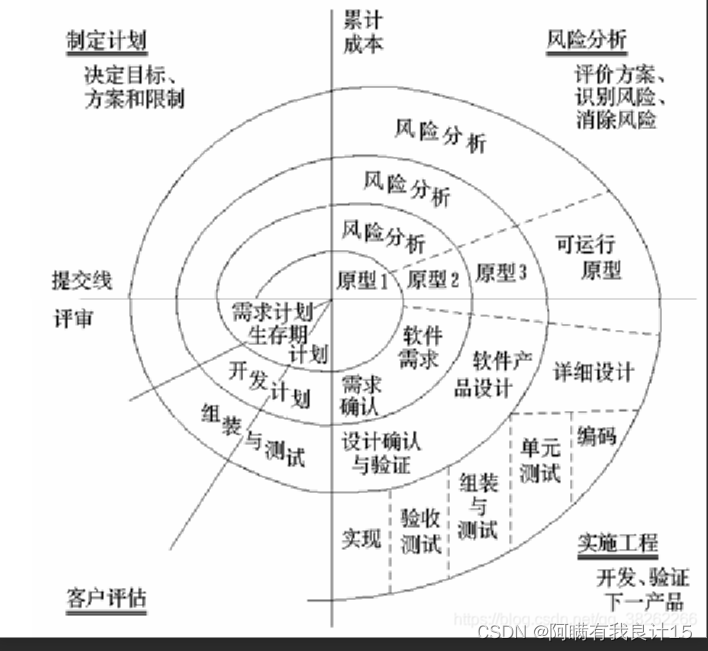



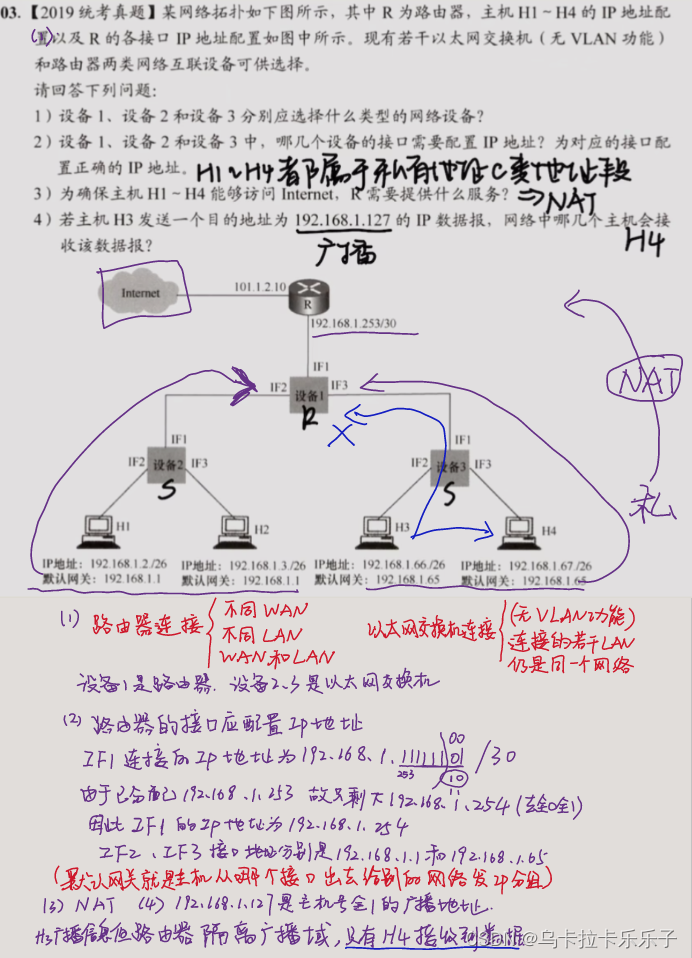
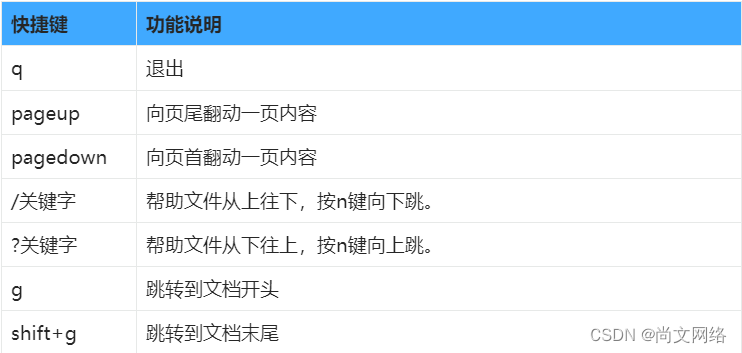
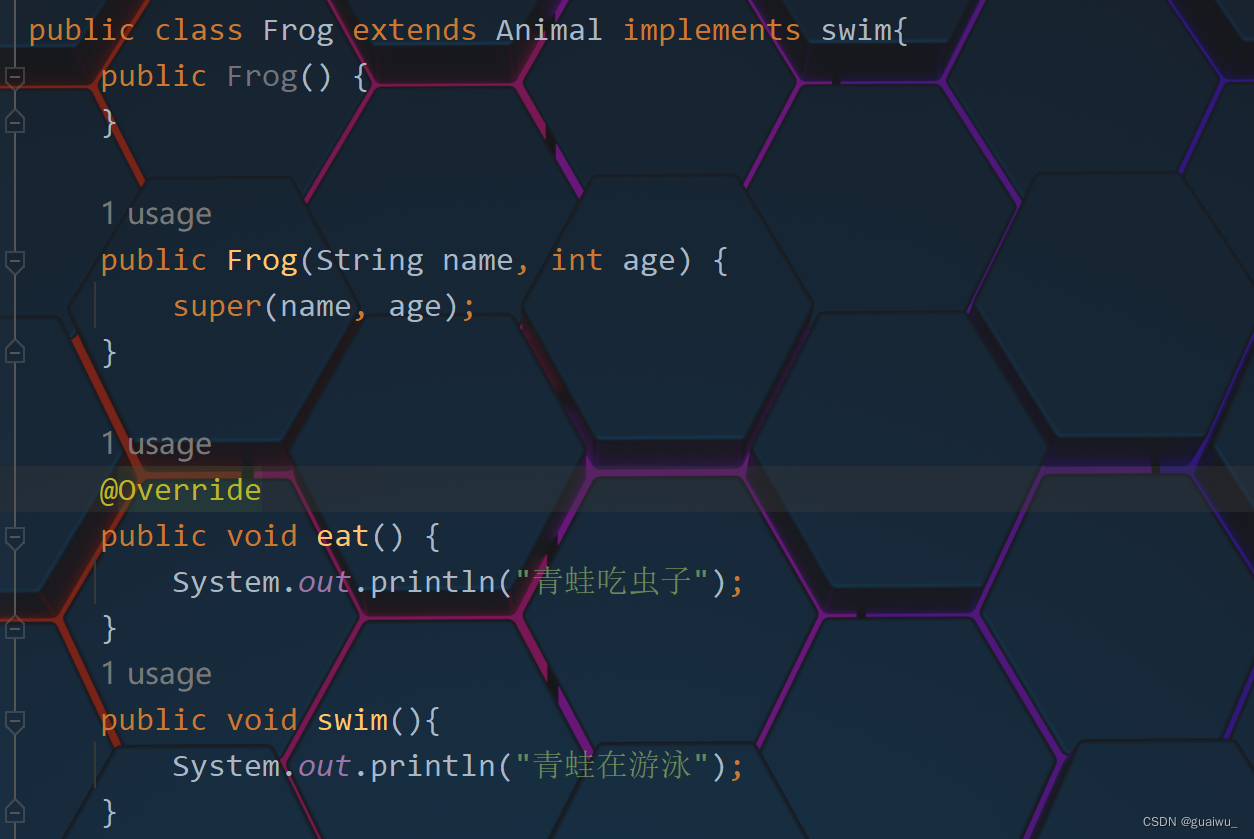

![[ Linux ] 如何查看Linux系统版本](https://img-blog.csdnimg.cn/d06b21579bc848d1b791227527bba7e4.png)
